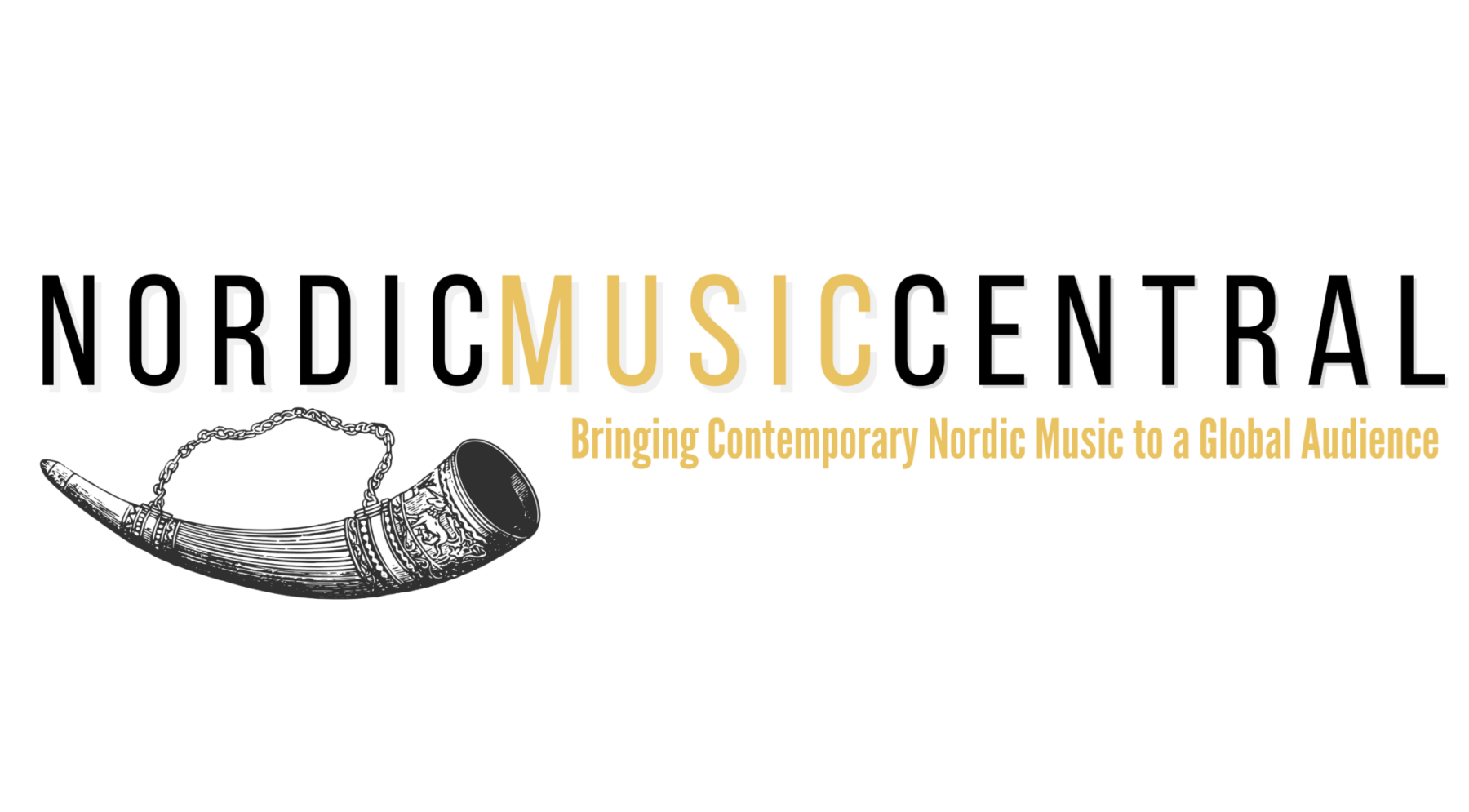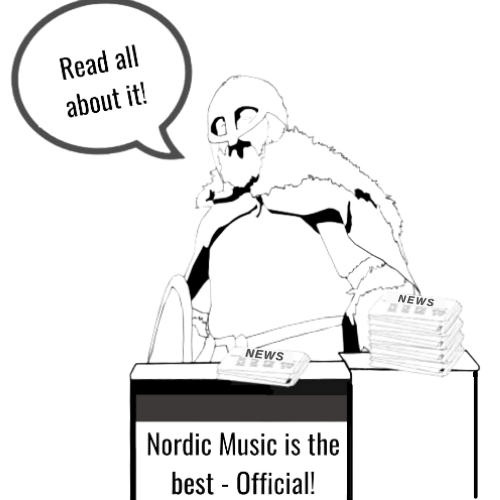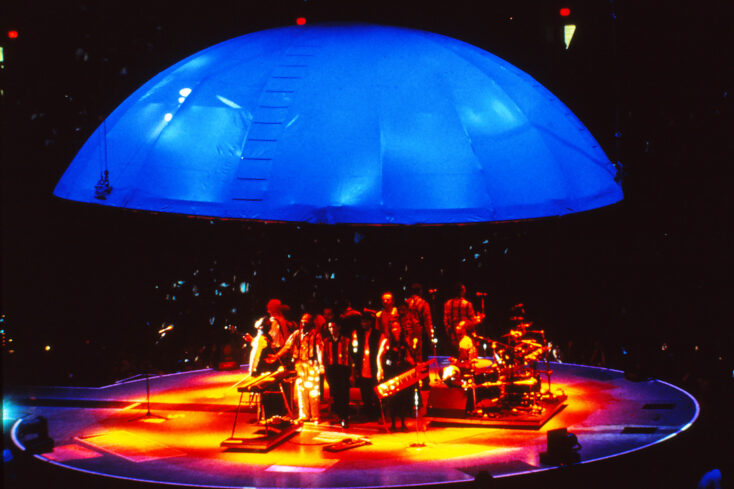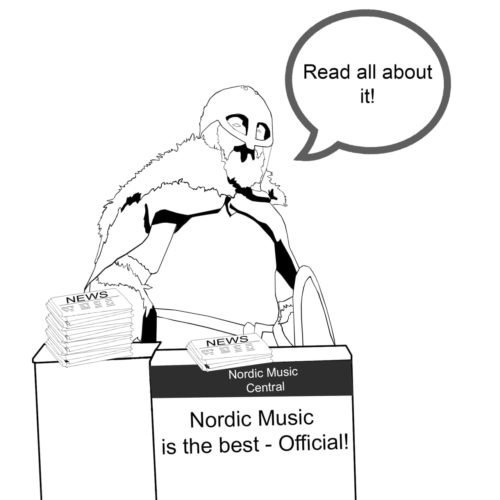Weekend Intermission is our regular feature where we look at an artist or band not from the Nordic countries, just to mix things up a bit. If you’re here on account of a favourite artist or band please also take some time to check out some of the Nordic artists, you are in for a pleasant surprise!
When I was writing about Lynyrd Skynryd’s ‘Free Bird’ last week, I suddenly realised that the live performance of that song that I included, from 1977, was probably one of the greatest ever, of any song, anywhere.
That got me thinking about others that were saved to video and the first one to occur to me was Peter Gabriel’s Secret World tour in the early 1990s, one of few tours he made over a period of 15 years, and to promote his 1992 album ‘Us’.
Hence it forms the basis for a new, occasional series – Greatest live performances.
Gabriel employed the usual collection of top musicians in his band for the tour, including long-time collaborators bassist Tony Levin, guitarist David Rhodes, drummer Manu Katché and violinist Lakshminaraya Shankar and with the addition of Jean-Claude Naimro on keys and the Armenian Levon Manassian on the doudouk, a weird, mournful piccolo-like instrument.
One vocalist for the tour, introduced as a special guest part way through, was Sinéad O’Connor, but she quit suddenly, which may or may not have been something to do with her ‘did she/didn’t she’ purported relationship with Gabriel. Some stories have it that she attempted suicide after she failed to hook Gabriel and at least that she was never the same afterwards.
The replacement was Paula Cole, best known for ‘Where have all the cowboys gone?’ Cole, who was performing in small venues in the US when she got the call, and only had a couple of days to learn and rehearse the songs, rose spectacularly to the occasion and for my money she was the best female accomplice that Gabriel has had to date, even though the others have included O’Connor, the Manchester-based Californian Jesca Hoop (who is very good) and Kate Bush of course, memorable for their joint rendition of ‘Don’t give up.’
Gabriel is the acknowledged master of putting on a theatrical performance, as all the 1970s prog rock bands did to a degree but Genesis more than any, using costumes such as those of Britannia, a fox’s head, a repulsive wart-encrusted ‘Slipperman’ and, memorably, a dying old man mask in ‘The Musical Box’, often deliberately not telling his Genesis band mates that he was going to do it first time around, in order to shock them.
I was privileged to see him with Genesis, taking off into the air like Peter Pan (and on the same wires) at the Drury Lane Theatre in London at the end of ‘Supper’s Ready’ as his evil characterisation of 666 morphed into Jesus and his black cloak was replaced by a silver suit in the blinding flash of multiple magnesium flares. It almost killed him as he became entangled in the wires. I don’t think there’s been anything quite like it since.
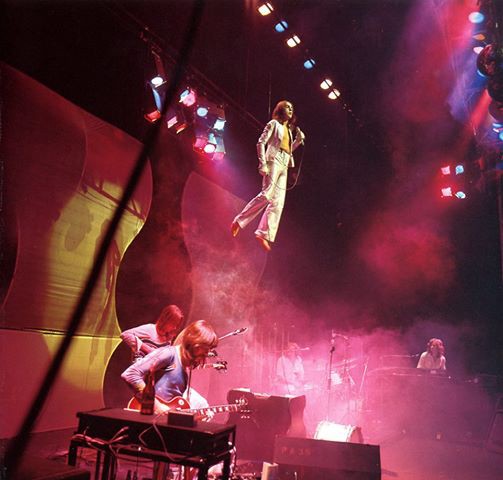
The stage show for the Secret World tour was designed by the French-Canadian Robert Lepage, expressing the themes of tension and union between male and female forces, one that runs through the album, and as represented by two stages linked by a moving walkway; a square one representing masculine energy paired with a circular one representing feminine energy.
There are two videos here, from performances filmed at three different shows in Italy in 1993, with most of the filming done at the Modena concert and which together were issued as ‘Secret World Live’.
(The full video was honoured at the 38th Annual Grammy Awards, winning in the category Best Music Video, Long Form. An associated live album was released with the same name, rising to number 10 on the United Kingdom charts, was certified 2× Platinum in Italy [where Genesis have always had a massive following, one that kept them going while they struggled to gain recognition in the UK and US], and was certified Gold in the United States).
The first one is of the opening song, ‘Come talk to me’ in which Gabriel is seen illuminated inside an old British red telephone box (of which few remain today), while the band rises up from beneath the square stage.
Many people understandably think this is a break up song, the final attempt at reconciliation before a relationship falls apart. In a way that is true but it actually concerns his attempts to reconnect with his daughter following his divorce. The scenario though is a universal one of misunderstanding.
Incidentally Gabriel has sung ‘Come talk to me’ with his daughter Melanie, who was a backing singer for several years in the noughties and there are videos of it on YouTube.
The first thing you notice is that we were still in the era of cigarette lighters rather than mobile phones (a tradition which apparently started at Woodstock in 1969 when people held up their lighters to honour musicians who had passed away). Bring them back! (The lighters not the musicians).
The staging here is fabulous. Any amount of things could go wrong – then and now – but they didn’t, or at least not here.
At the first mention of “come talk to me” Gabriel bursts out of the box but is evidently held back by the chord that signifies the other person’s previous reluctance to do so. However, immediately Paula Cole is lit up, on her circular stage, singing pleadingly to Gabriel in a way that suggests that it is he who lacks communication.
Reconciliation almost takes place but Gabriel is dragged back into his box by the same uncertainties that held him back before although he valiantly fights against them. The conclusion must be that he has failed in his task and the blame lies at his door.
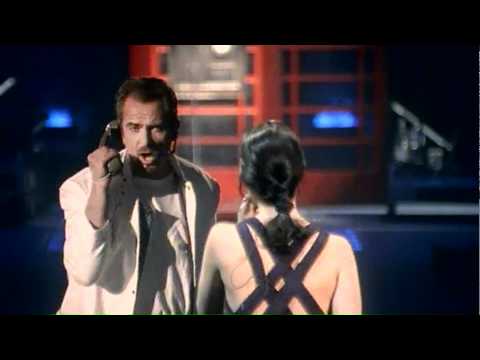
There are numerous dramatic moments, especially at 4:16, and the interaction, the chemistry between Gabriel and Cole is tangible and at times intense. Offhand I can only think of that between Meatloaf and Karla DeVito on ‘Paradise by the Dashboard Light’ on The Old Grey Whistle Test (1978, BBC TV) to match it; a different song entirely.
And the musicianship from this ultra tight band, especially Manu Katché’s percussion, is out of this world. He makes the skins and cymbals sing.
This is the best copy of the video I can find, unlike some of the other songs it hasn’t been re-mastered in any way.
I debated over the second video for a long time. A popular choice would have been the incredible wild dance-athon that was the performance at this show of ‘In your eyes’, and featuring guest like the late Papa Wemba. (Yes, do check it out).But eventually I plumped for the sublime one of ‘Blood of Eden’.
Sinéad O’Connor was the female vocalist for this on the album (it was also a single) and a lot of pressure must have fallen on Paula Cole’s shoulders to get it right live. And boy, how she did.
By the 1990s and nine albums on from quitting Genesis what you see here was more typical of Gabriel’s evolving theatricality from the early ‘shock tactics’ days. I like this version not only for the fantastic musicianship but also because of the production and arrangement. The song is acted as much as sung, on a stunning blood red stage set full of symbolism (such as the Tree of Life) as Adam Gabriel and Eve Cole wander around their private Garden of Eden debating their own failed relationship.
Gabriel said of the song, “I wanted to use the biblical image in ‘Blood of Eden’ because it was the time when man and woman were in one body, and in a sense maybe in a relationship. In making love, that sort of struggle is to get some form of merging of boundaries; it’s a really powerful union. And there are many obstacles to this.”
The song takes place in its entirety on the circular (female) stage, in the round. Make of that what you will.
The last minute and a quarter in particular (from 5:52), some of which was written for live performances (it isn’t on the album) is marvellous, the way Cole looks at the forlorn Gabriel over her shoulder, almost disdainfully, as he sings “we have done everything we can” before going her own way and above all the imagery of his final despairing attempt at physical contact as her back is turned. And all supported by beautiful harmonising between Gabriel, Cole and Shankar.
Most people will have a list of gigs they wish they had attended. I think it is fair to say that this one tops mine.
I don’t think we will see shows with this level of musical delivery and sophistication again, or at least not for a long time. The big video screen has long since taken over. Some bands use them informatively, the video(s) becoming a critical part of the shows. Others don’t, while big name artists go way over the top with battalions of dancers and stage sets that look like they are straight out of those ‘That’s Entertainment’ films in the 1970s through 1990s.
So savour shows like this while you can. One outcome of the Incredible Shrinking Internet is that one day they will be gone.
